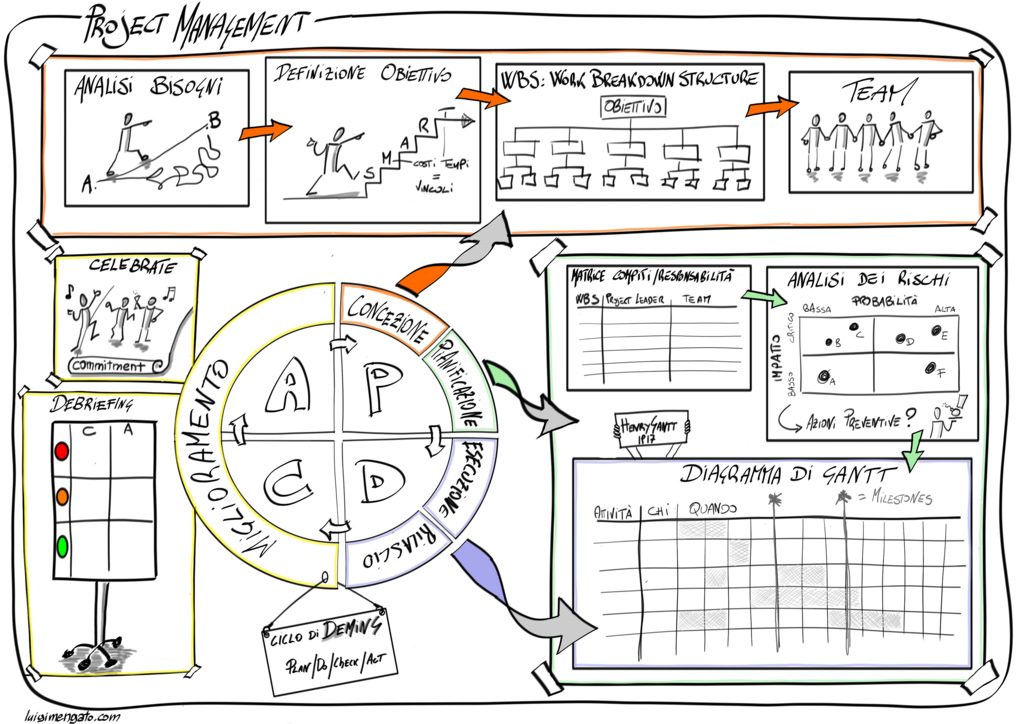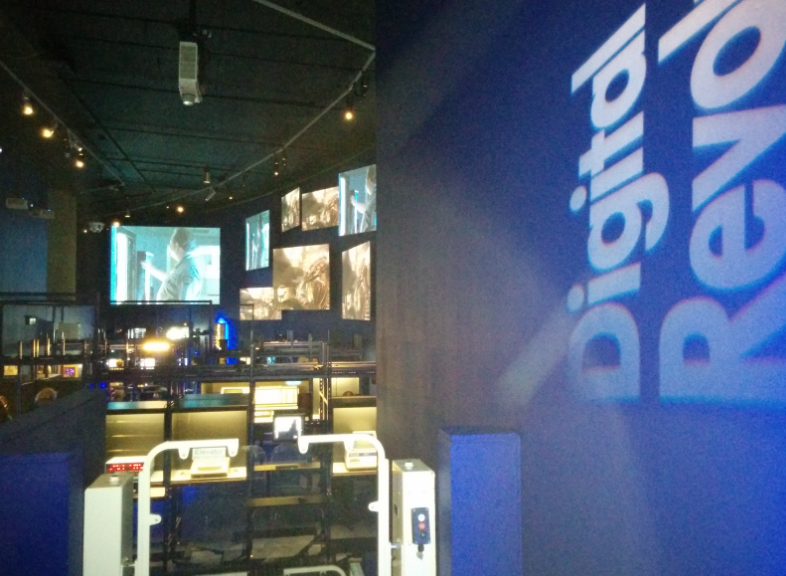Enterprise IT has become complex — really complex. There are far too many forces at play for the conventional wisdom of IT project management to still be relevant today.
IT vendors are increasingly becoming more about buzz than real substance, technology lifecycles are shortening, IT budgets are expanding without showcasing similar increases in the business value they create, and cyberattacks are literally throwing organizations off course.

The result – traditional IT project management and design techniques are leaving project managers high and dry, CIOs frustrated, and CEOs furious with IT. Increasingly, enterprises are being forced to write off mega IT projects as failures because they just didn’t go live, failed in end-user adoption, or just did not add any business value. At the end of the day, it’s a systemic failure, and not an inherent flaw in IT.
No, Megatron is not corrupting IT. We know in “Transformers 4” Megatron’s chromosomes were transferred to Galvetron, which is why Galvetron could not be controlled by KSI or the military. But this is fiction and no, your IT department is not being undermined by Megatron’s chromosomes! There are other issues at play here.
Systemic flaws in traditional IT project management, design, and delivery
Let’s face it — in most enterprises, the IT departments are just not set up to deliver marvelous results. That’s because IT solution architects, delivery managers, and IT project management personnel are seldom in touch with end users. This massive disconnect leaves them unable to grasp the crux of the entire project effort. The times when IT projects were modular enough for the components to be shipped in a phased manner are long gone.
Sadly, not many project managers want to manage the risks and complexity of big-bang implementations, and hence let the delivery spiral off, based on project plans spanning across several months. Complete focus on bug-free delivery adds on unnecessary layers of irrelevant testing, pushing live dates even further back. Soon enough, enterprises are left with work-in-progress projects where everybody has lost connection with the core idea of ensuring that the project delivers business value.
The solution for IT leaders is to invest thought and effort into the idea of transforming IT project management and design. That’s a critical aspect of IT’s transformative power on a large scale.
Embrace end user empathy as a key driver of IT project management
Enterprises embark on multimillion dollar IT projects with multiyear timelines. However, there’s precious little thought invested in what’s arguably the most important enabler of success for IT projects — end user adoption. This is where an empathetic approach of IT project management can make things better.

IT leaders need to understand how end users (both customer and employees) engage with products. What contributes to end users feeling confused, burdened, and frustrated with IT products? What causes end users to feel excited, delighted, and engaged with similar products?
It’s not enough to barely have a couple of business analysts express their opinion; IT leaders must be willing to engage with potential user groups using techniques such as focus groups, interviews, and observations. This is the extent of deep-rooted engagement and empathy that helps IT project managers uncover unmet needs, and design their project delivery around the same.
Embracing Agile, again
Though Agile methodology has been a hotly debated topic in IT circles from some years now, it’s surprising how very few organizations have actually captured the crux of the concept. The basic principles of Agile are about delivering a minimum viable product, testing it on real users in live environments, and adapting it based on feedback and observations.
Now, there are always cost and delivery challenges around IT projects that are divided into many phases and small deliverables. It’s critical that you envisage this in the light of speedy incremental deliveries, incorporating your learning from the preceding deliveries. This helps quickly identify major aberrations in project design and product design. The risks of the project failing to deliver business value are mitigated very early into the lifecycle, using such a methodology.
Don’t let the business case drive the entire project
IT project managers, in spite of their good intentions, often cause irreparable project damage by focusing on the creation of a detailed business case. Business stakeholders often use the business case requirement as a means to keep IT in control, and IT leaders hardly resist any unreasonable expectations in order to get project approvals. The result — almost always, the initial cost, timeline, and business value estimates are way off mark. Instead, the business case document should focus on providing immediate as well as long-term value and benefits.

The IT team must be aware that it would have regular business reviews, to see how well the delivery is on track to deliver the benefits.
Also, this approach incorporates user feedback and customer insight for project realignment. By building a business case rooted in ground realities, and then incorporating test results and learning from regular business interactions, IT leads can significantly improve the potential of the project actually delivering real business value.
A healthy dose of unconventionality
It’s too difficult for IT project managers to inspire innovation and creative problem-solving among teams, particularly when there are immense timeline and cost pressures to handle. Here, a limited dose of unconventionality can help. IT leaders must get a feel of how the work is being done on the ground, use their observations to identify individuals with potential and drive to bring in creative problem solving, and motivate them to explore novel options.
Freedom and incentive are the two most potent drivers of innovation. As a project manager, incorporate a healthy dose of those aspects in your plans and operational practices. Otherwise, there’s hardly any way you can take your team out of the rut of doing the bare minimum and delivering insignificant increments in quality and value over the routine deliverables.
Not keeping pace
IT project management and design disciplines have, sadly, failed to grow along at the pace at which IT itself has grown. The result is that enterprises are still not able to leverage the power of their expensive technology purchases. By adopting the operational practices discussed in this guide, IT leaders have the potential of bringing in constructive and significant changes in their project delivery.
Photo credit: Pixabay



